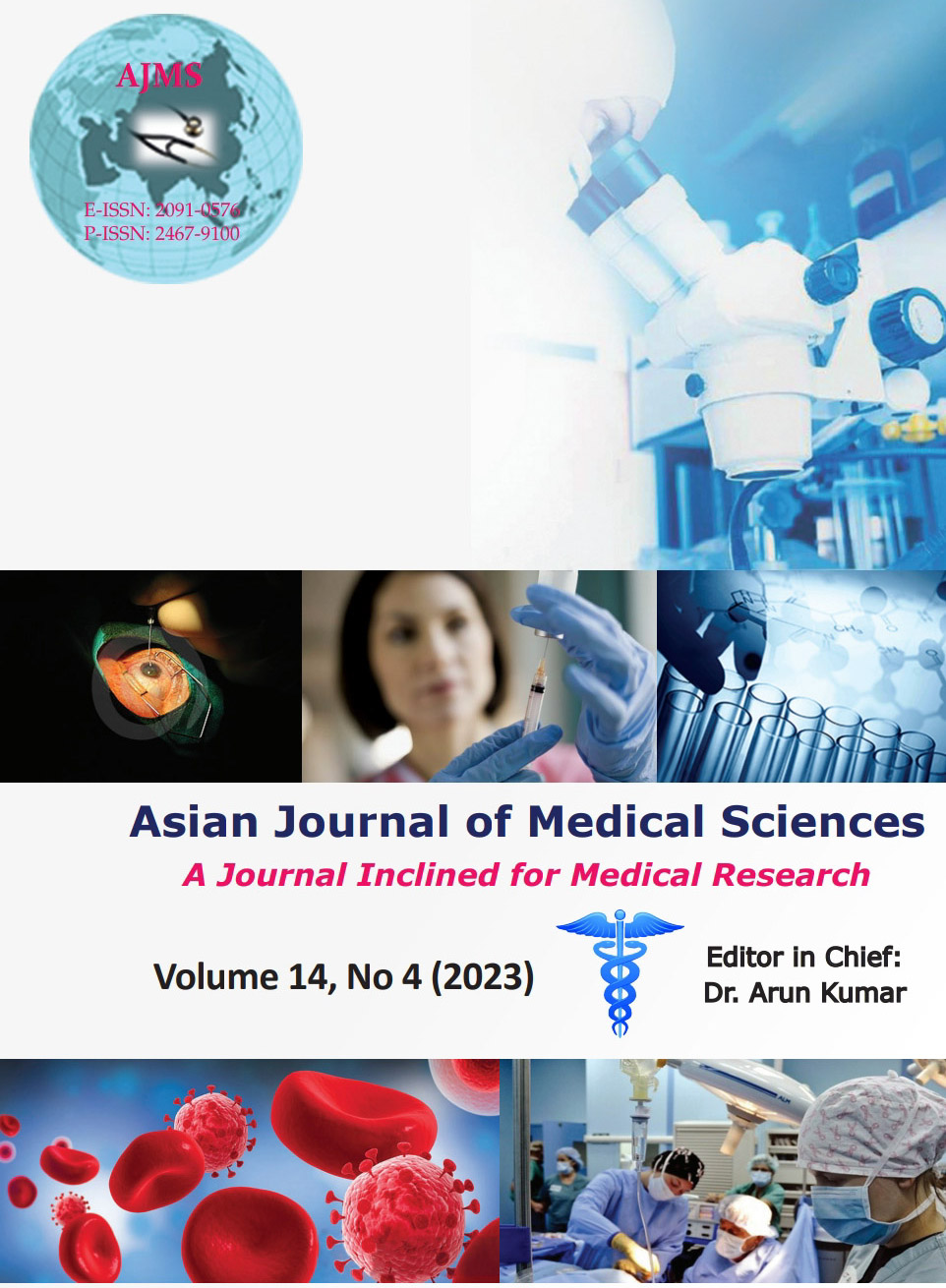Does age and start of Ponseti treatment affect the functional outcome in club foot: A comparative study
Keywords:
Ponseti; Idiopathic; CTEV; Casting; Club footAbstract
Background: Idiopathic clubfoot is one of the most common and complex congenital deformities which are difficult to correct.
Aims and Objectives: The present study was designed to assess the effectiveness and results of the Ponseti method’s early use in the treatment of idiopathic congenital talipes equinovarus (CTEV).
Materials and Methods: Seventy-six feet in 50 patients of CTEV during the period of May 2019–May 2020 were studied. All the cases were treated by Ponseti technique. Children with idiopathic CTEV and age <1 year were included in our study. The severity of deformity was graded according to Pirani scoring system both at the beginning and at the end of treatment.
Results: The mean age at presentation was 2.77 months. The mean initial Pirani score at time of presentation was 4.07, and at last follow-up was 0.13. We observed that 63 feet (82.89%) out of 76 feet required a percutaneous TA tenotomy along with plaster casting to correct the equines deformity. The mean total number of casts required to correct the deformity was 6.4. The mean duration of treatment from 1st plaster cast to cast for equinus correction was 8.4 weeks. About 94% of cases had a good outcome at last follow-up which was evaluated on the basis of Pirani score. The association of duration of treatment (weeks) with age and total number of cast with age has P=0.002 which was found to be significant.
Conclusion: The Ponseti technique is a very safe, efficient, and acceptable economical treatment for the correction of CTEV that gives excellent results on conservative treatment and in most of the cases avoid surgical intervention if protocol followed as prescribed. If the age of the patient is higher at time of presentation, it requires a longer casting period and more number of casts to correct the deformity compared to younger children with the early presentation.
Downloads
Downloads
Published
How to Cite
Issue
Section
License
Copyright (c) 2023 Asian Journal of Medical Sciences

This work is licensed under a Creative Commons Attribution-NonCommercial 4.0 International License.
Authors who publish with this journal agree to the following terms:
- The journal holds copyright and publishes the work under a Creative Commons CC-BY-NC license that permits use, distribution and reprduction in any medium, provided the original work is properly cited and is not used for commercial purposes. The journal should be recognised as the original publisher of this work.
- Authors are able to enter into separate, additional contractual arrangements for the non-exclusive distribution of the journal's published version of the work (e.g., post it to an institutional repository or publish it in a book), with an acknowledgement of its initial publication in this journal.
- Authors are permitted and encouraged to post their work online (e.g., in institutional repositories or on their website) prior to and during the submission process, as it can lead to productive exchanges, as well as earlier and greater citation of published work (See The Effect of Open Access).




